By Marlies Nicolai, GWCT Auchnerran Research Assistant
As many of you will know, the Game and Wildlife Conservation Trust has recently established its Scottish Demonstration farm. It is located on a hill edge in the Cairngorms, bordering an impressive expanse of heathland, while the farm itself is composed of grazing pasture, arable land, conifer plantations, silver birch forests and marshland.

Although our website provides facts and figures and general nitty gritty information about the new project, some people may wonder what the farm actually looks like? What does ecological research and monitoring entail? What activities happen on the ground in order to collate and produce the facts and figures which are presented?
In this blog I hope to give a visual insight into the work and life of a research biologist and the trials, tribulations, joys and laughter which come with the job.
Firstly it’s important to state that for me, it’s not just a job but also a life style choice. Not only can I indulge in the beautiful surroundings and appreciate nature for its visual aspects on a daily basis, but most importantly I can also begin to learn and understand the intricate interactions which occur between plants, animals and their environment through both direct observation, monitoring and research.
All my life I have had a passion for the outdoors and nature so to have a job where I can interact with the natural environment is a joy and privilege. Every day I learn, see or experience something new, whether it’s learning that we have resident otter on the farm when one ran past me when I was conducting an evening woodcock count, to almost being bowled over by a barn owl whilst investigating a derelict building.
So what do I actually do? My job involves conducting surveys to identify, monitor and record different species in their habitat to establish the farms’ ecology. Data collection certainly isn’t as simple or as boring as some may assume!! It is in fact very interesting and can be a lot of fun, but also requires an awful lot of perseverance.
I first arrived in March 2016, about the same time as winter decided to arrive too. Although it was very cold and I got caught in numerous blizzards while trying to conduct winter bird, evening rabbit and squirrel counts (this is where the perseverance part comes in), it was worth it for the beautiful snowy views and the silent forest walks.
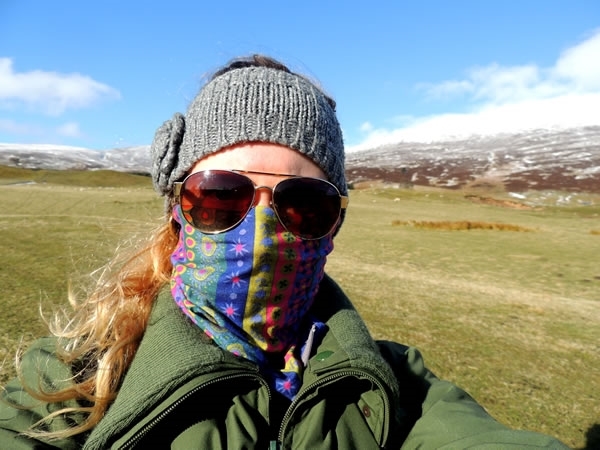

From the day I arrived every day was to be a survey day. Surveys include:
Squirrel transects though tall pine woodlands and old forest plantations.
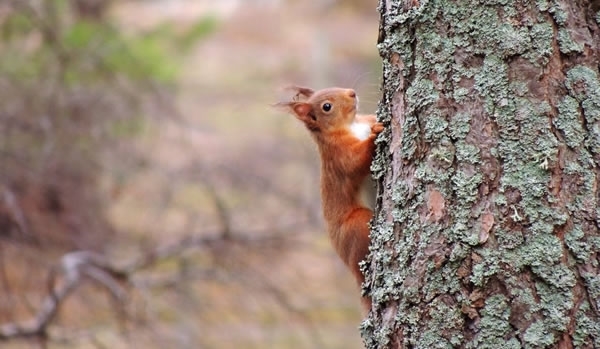
Raptor transects around the farm viewing the local resident buzzards, red kites and kestrels.
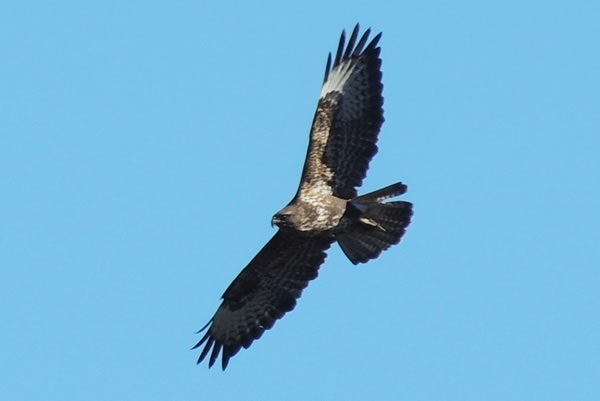
Game bird and hare counts which have indicated numerous pheasant and hare numbers on the farm.

Winter bird counts involving three rounds of each field recording all bird life present.
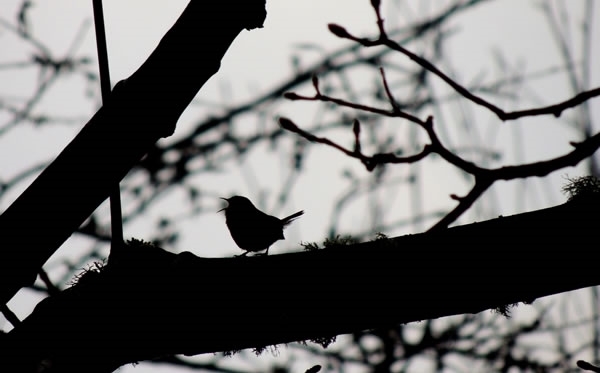
Insect surveys which requires the use of a rather cumbersome machine called a D-Vac which sucks up insects from the ground surface, however it would look more at home in the 1980’s Ghost Busters Movie!
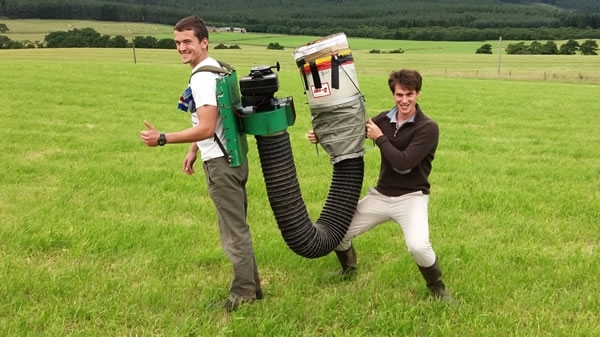
Wild flower surveys. Not a bad task as who wouldn’t want to wander around taking pictures of beautiful flowers.
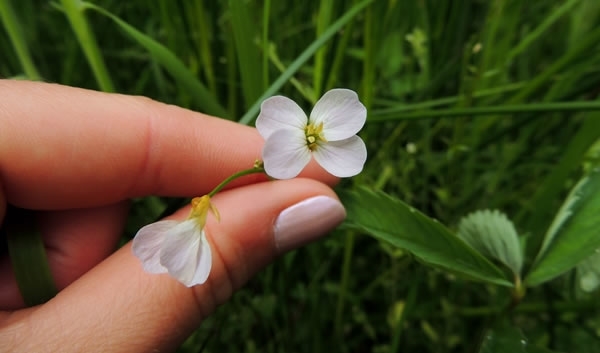
Bumblebee surveys of which 19 different species can be found throughout the UK.

And finally, breeding bird surveys which enable you to see numerous ground nesting birds, their nesting sites and newly hatched chicks. On approach the chicks will become very still and try and hidein the grass.
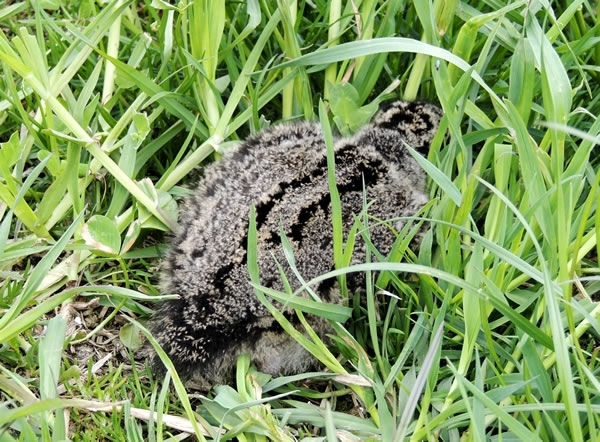
One of the disadvantages of the job is the isolation and loneliness, however an outdoor job means I can take companions along with me, like Dan, the collie puppy.

During the Summer months, Masters students and Interns arrive on the farm which sends the farm and farm house into a hive of activity. On the occasion the interns will assist me with my surveys which can be a great help and it also provides some much needed company.
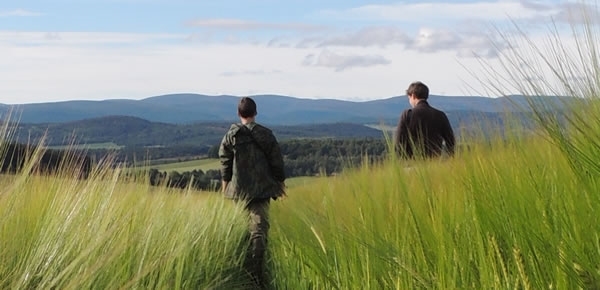
So in the past few months working as a Research Assistant on the new Scottish Demonstration Farm I have become something of a self-proclaimed ‘that bird nerd’; the girl who chases bumble bees and hunts down poo all in the name of science!
All in all there are far worse labels to be associated with!
It is very exciting to be part of this eventual flagship project and most importantly I cannot wait to the see the progressive changes on the farm in order for it to meet its objectives. On-site ground work, field work, research and analysis will be fundamental to achieving the goals and I hope to continue contributing towards its progress and growth.